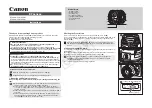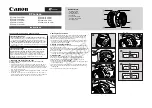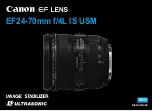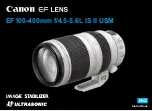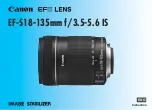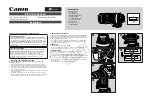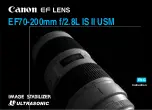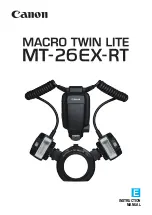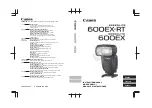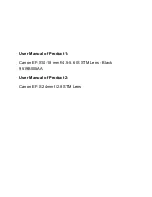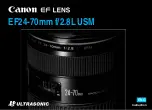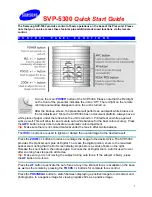
69
16. Troubleshooting
By purchasing this radio camera, you have acquired a product designed to the state of the art and opera-
tionally reliable. Nevertheless, problems or errors may occur. Therefore, observe the following information
about troubleshooting.
Radio camera image is not displayed
• Each radio camera (up to 4 are possible) must be logged on to the screen/DVR. This process is also
called “Pairing”. Observe chapter 14. a).
The radio camera enclosed with the radio camera system usually has already been paired by the manu-
facturer (camera/channel 1). If no image appears anyway simply perform pairing again.
• Check if the channel for the radio camera has been switched off, see chapter 14 b). If this is the case,
switch on the channel again.
• Test the function by operating screen/DVR and radio camera at a distance of 1 - 2 m. If required, perform
the login (“pairing”) again; see above.
• Pick the right radio camera/channel.
• Check if the radio camera is supplied with power through the associated plug-in mains adapter.
• Check if the aerial of the radio camera is screwed on correctly.
• Observe chapter 17.
Low range
• Align the aerials of the screen/DVR and the radio camera differently.
• Do not point the two aerials at each other. This reduces the range greatly.
• For best range, the aerials of the screen/DVR and the radio camera should be in parallel to each other.
• Check if the aerial of the radio camera is screwed on.
• Observe chapter 17.
The recording is only black/white
• Due to the principle, the recording at night with the IR-LEDs activated will always be black/white and
never in colour.
No image on the LC display
• The video output of the screen/DVR is activated. The display integrated in the screen/DVR is automati-
cally switched off here.
Switch between the LC display and video output with the button “AV”.
• Switch on the screen/DVR.































